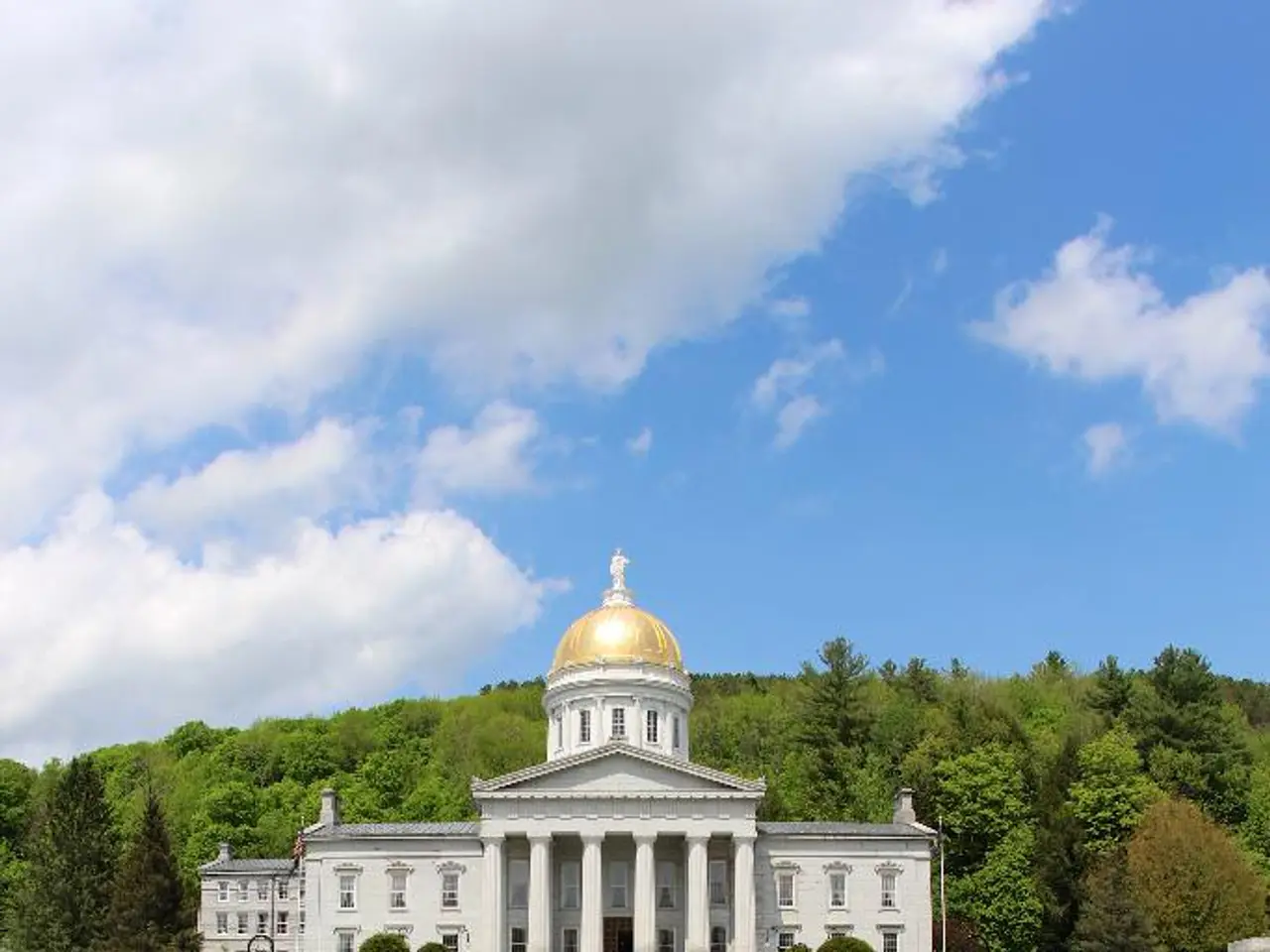Criticism towards Trump escalates over perceived trivial redesign in the White House
In the ongoing narrative of Donald Trump's second term, one of the most talked-about changes involves the relocation of presidential portraits in the White House. The portraits of former Presidents Barack Obama and George W. Bush, traditionally displayed in the Grand Foyer, have been moved to a less prominent location - the landing entrance to the private residence, a restricted area only accessible to the president's family, security services, and a select few White House staff [1][2][3][4].
This move, a departure from established protocol, has sparked criticism and debate among commentators and the public alike. Critics argue that the relocation places the portraits in an off-limits or obscure area, minimising the legacy and visibility of these presidents [2][3][4]. Some view it as a symbolic slight, reflecting Trump's personal and political tensions with his predecessors [1][4].
The criticism intensifies as this move comes amid heightened political tensions, including Trump's public accusations against Obama of alleged misconduct and his long-standing hostility towards the Bush family [1][4]. Critics suggest that this is an extension of Trump's personal grievances manifesting in White House aesthetics.
Notably, the Obama portrait has been moved for a second time, and interestingly, it was not replaced with an image of Trump's assassination attempt [6]. This has led some to label the move as "petty" or even "racist," noting the disrespect in hiding Obama’s portrait [1][5].
Supporters of Trump, however, defend the decision as placing these presidents "where they belong" historically [1][5]. Meanwhile, online commentators have mocked the move, describing Trump as small, vindictive, and insecure [7].
Aside from the portrait relocations, Trump continues to make significant changes to the White House. For instance, gold leaf additions have been made to the Oval Office, and he has announced plans for a gold ballroom, costing $200m [8].
These changes, along with the controversy surrounding the presidential portraits, have kept the White House in the spotlight, fostering a dynamic and often divisive narrative during Trump's second term.
[1] The Guardian [2] CNN [3] The New York Times [4] The Washington Post [5] NBC News [6] Politico [7] Twitter [8] ABC News
- The controversy surrounding the relocation of former presidents' portraits in the White House, as part of Donald Trump's second term policy and legislation, has been extensively covered in general news, crime and justice, and war and conflicts discussions, fueled by the political tensions between Trump and his predecessors.
- The object of ongoing debate, the relocation of Obama and Bush's portraits, is not only a reflection of the current politics but also a topic of interest for commentators in the fields of policy and legislation, as well as crime and justice.




